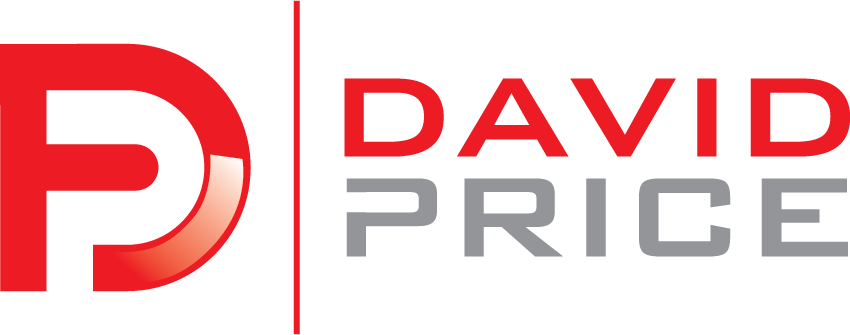Insurance agents are responsible for selling insurance policies to clients and representing the company’s face. Therefore, hiring individuals with the necessary skills and qualifications to perform this job effectively is essential. The recruitment process has several objectives, including attracting, identifying, and hiring the best candidates for the job while ensuring that they align with the company’s values and culture.
Recruiting life insurance agents is a crucial process for the success of any insurance business.
The process must be efficient, effective, and ongoing to ensure that the company has a steady flow of talented agents to support its growth.
get this done
- Identifying the ideal candidate
- Candidate generation
- Selecting candidates
- Onboarding and training
- Retaining agents
Recruiting top-performing agents is becoming increasingly competitive, given the rising demand for life insurance and the availability of several job opportunities. Therefore, building an efficient recruitment process that can identify and attract the best candidates is essential. Companies must design a recruitment process that aligns with their business goals, brand identity, and culture. Companies can attract top-performing agents who can contribute to their growth and success by creating an effective recruitment process.

Identifying the ideal candidate
To identify the ideal candidate, companies should create a job description outlining the requirements, skills, and qualifications needed for the job.
The job description should be specific, detailed, and accurate to attract the right candidates. Companies should also identify the core competencies and behaviors required for success in the role. Candidates should have excellent communication skills, a customer-centric mindset, and be self-motivated. They should also be results-oriented, have a strong work ethic, and be able to work independently.
Companies can also target specific demographics for candidates, including individuals with previous sales experience, recent college graduates, or those looking for a career change. By defining the ideal candidate profile, companies can more effectively evaluate potential candidates and focus their recruitment efforts. The recruitment team should also collaborate with the hiring manager to ensure that the ideal candidate profile aligns with the team’s expectations.
Candidate generation
Sourcing candidates involves reaching out to potential candidates through various channels.

Traditional methods of recruitment may include job postings, referrals from current employees, and attending job fairs. Modern methods of recruitment may include social media marketing, email campaigns, and video interviews. Companies can also partner with recruiting agencies and headhunters to identify and attract top-performing candidates.
Building a candidate pool through these channels can help create a talent pipeline for future openings. It is essential to ensure that recruitment channels are chosen based on the target demographics for candidates, as well as the company’s budget and recruitment goals. Social media platforms such as LinkedIn, Facebook, and Twitter can be effective ways to reach out to potential candidates. Companies should also ensure that their recruitment message is compelling and showcases the company’s brand identity and culture.
Selecting candidates

Selecting the ideal candidate involves several steps. Pre-screening candidates can help weed out candidates who do not meet the minimum qualifications.
Pre-screening can involve reviewing resumes and applications, conducting initial phone interviews, or using pre-employment testing. Conducting interviews allows the hiring manager to evaluate the candidate’s communication skills, experience, and ability to fit within the company’s culture. Background checks ensure that the candidate has a clean record and is not a liability to the company.
Companies can also conduct a skills assessment to evaluate the candidate’s ability to perform the job. Skill assessment tests can help identify areas where the candidate needs improvement and can provide insights into the candidate’s potential performance. By performing thorough evaluations of potential candidates, companies can ensure they are selecting the best fit for their organization.

Onboarding and training
After selecting the ideal candidate, onboarding and training become crucial. The onboarding process should introduce the employee to the company’s culture, values, policies, and procedures.
This process ensures that the employee feels welcomed and equipped to start their job. It also helps the employee understand the company’s expectations and standards for the role. Training should cover the technical skills needed for the job and should also include soft skills such as communication, customer service, and time management.
A comprehensive onboarding and training process can help reduce turnover rates and improve employee performance. It also helps the employee feel valued and supported, which can increase their engagement and motivation to succeed in their role.
Retaining agents
Retention strategies can include creating a positive work environment, providing competitive compensation and benefits, offering career growth opportunities, and recognizing employee achievements.

Retaining agents is as crucial as recruiting them.
Companies should also provide ongoing support and training to help agents improve their skills and reach their full potential.
Creating a positive work environment involves promoting open communication, fostering teamwork, and creating a supportive culture. Offering competitive compensation and benefits can include base salary, commissions, bonuses, health insurance, and retirement benefits. Career growth opportunities can include promotions, job rotations, and leadership development programs.
Recognizing employee achievements can include offering incentives such as awards, certificates, or public recognition. Retaining top-performing agents can help reduce recruitment costs and improve the company’s overall performance.
conclusion

Recruiting life insurance agents is a complex process that involves identifying the ideal candidate, sourcing candidates, selecting the best fit, onboarding and training, and retaining top-performing agents. Creating an effective recruitment process that aligns with the company’s goals, values, and culture can help attract top-performing candidates. By investing in the onboarding and training process, companies can equip employees with the necessary skills and knowledge to perform their job effectively.
Retention strategies can help reduce turnover rates and retain top-performing agents. Companies investing in their employees’ development and growth are more likely to succeed in a competitive market. Therefore, recruiting and retaining top-performing agents are crucial to the success of any insurance business!

